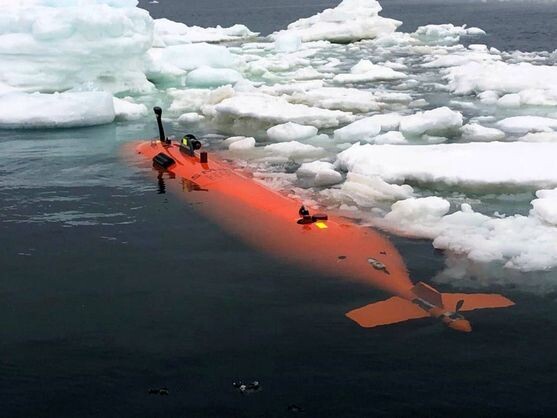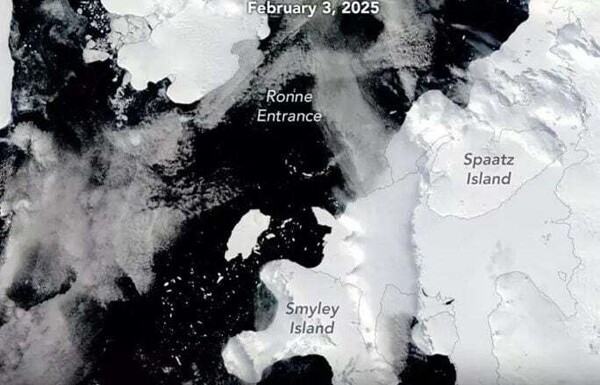
An autonomous submarine, known as Ran, deployed by the International Thwaites Glacier Collaboration (ITGC), went missing in early 2024 under the Dotson ice shelf in West Antarctica. The data collected suggest that the deep circumpolar waters, a combination of Pacific and Indian currents, unevenly influence the base of the ice.
The submarine successfully completed 14 missions in 2022, despite extreme conditions that hindered the submarine's communication and navigation. During these missions, the Ran traveled more than 16 kilometers within the cavity beneath the ice and mapped an area of approximately 130 square kilometers.
Previously, studies of the shelf relied on satellites and ice cores, but the Ran allowed scientists to directly navigate the cavity between the seabed and the ice, providing unique data and producing detailed maps of the underside of the ice.
Anna Wåhlin, a physical oceanographer at the University of Gothenburg and lead author of the study, mentioned that the findings challenge existing theories about ice dynamics in the region and noted that current models are insufficient to explain the observed processes. The primary objective of the research was to study the differences in melting rates between the eastern and western areas of the Dotson shelf.
Despite the efforts made, the disappearance of Ran remains a mystery, as no remains or clues indicating what happened were found. According to Professor Wåhlin, while the research with the submarine provided valuable data, not everything planned was achieved, leaving researchers with more questions than answers. The Ran's sensors revealed unknown structures beneath the ice, challenging current glacier melting models.












